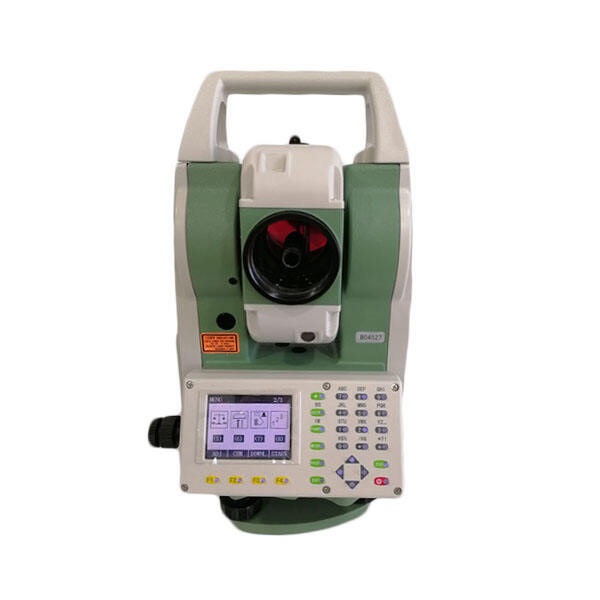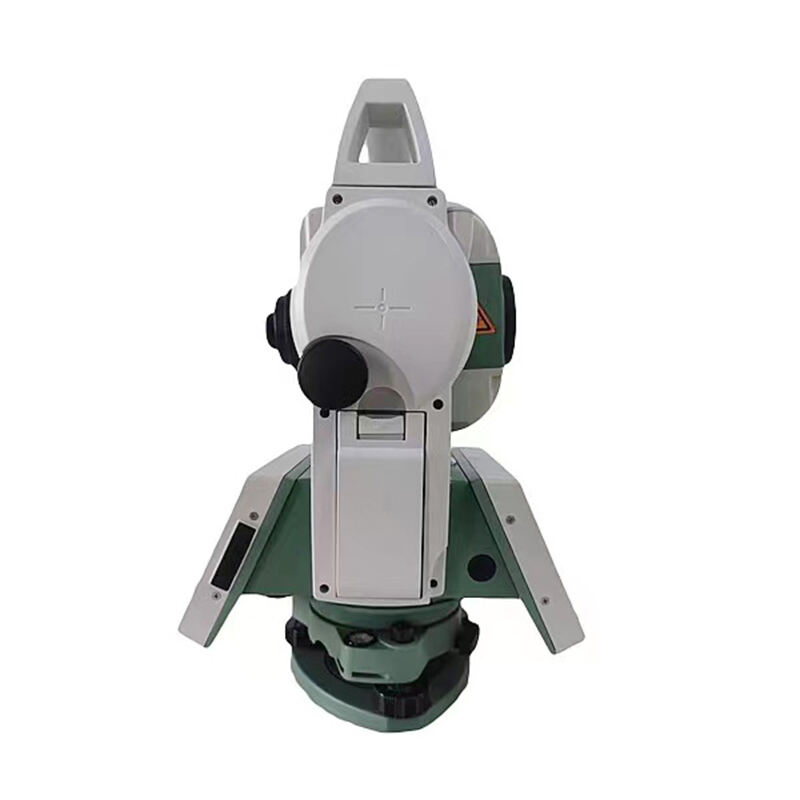total station
A total station is an advanced surveying instrument that combines electronic distance measurement, angle measurement, and digital data processing capabilities into a single, sophisticated device. This precision instrument revolutionizes modern surveying by integrating electronic theodolite functionality with electronic distance measurement technology. It can measure horizontal and vertical angles, as well as slope distances, making it an indispensable tool for surveyors, engineers, and construction professionals. The device operates by emitting infrared signals that bounce off a target prism or reflective surface, calculating distances through phase shift measurement technology. Modern total stations feature onboard computers that can instantly process measurements, calculate coordinates, and store data for later use. These instruments typically include features such as automatic target recognition, remote control operation, and integration with GPS technology. They excel in applications ranging from topographic surveying and construction layout to building monitoring and 3D modeling. The total station's ability to perform complex calculations and provide real-time data has significantly improved the efficiency and accuracy of surveying work, reducing the time required for field operations while maintaining exceptional precision.


